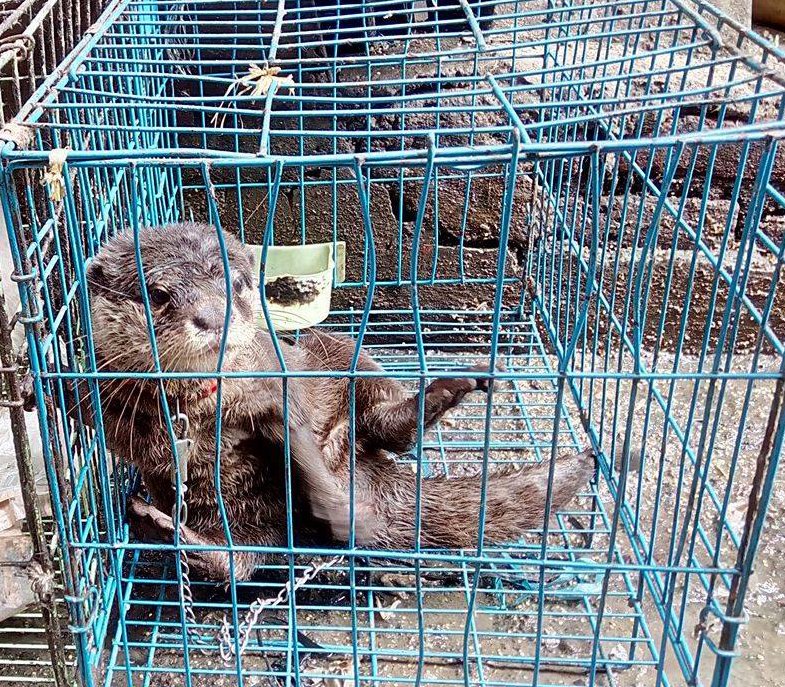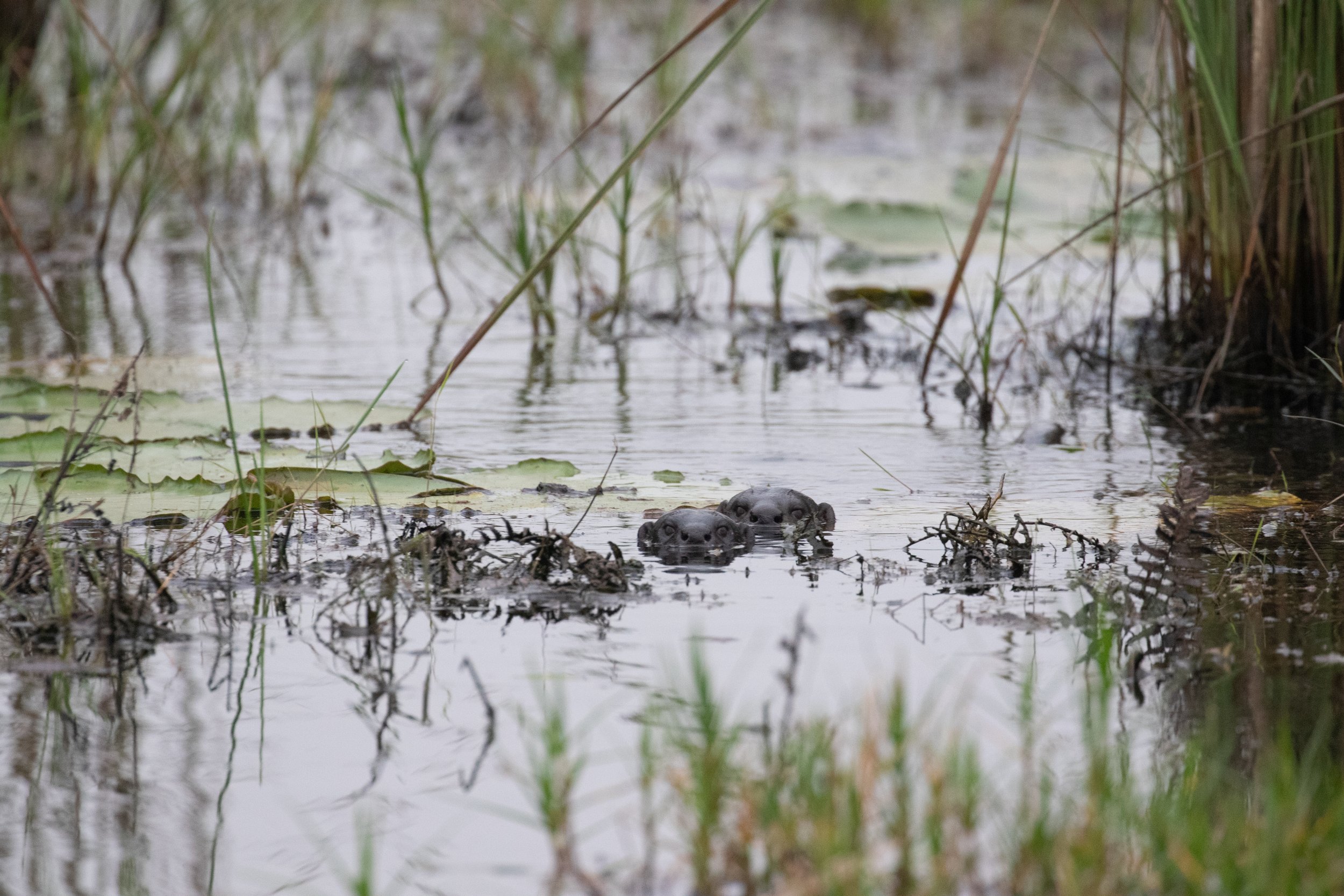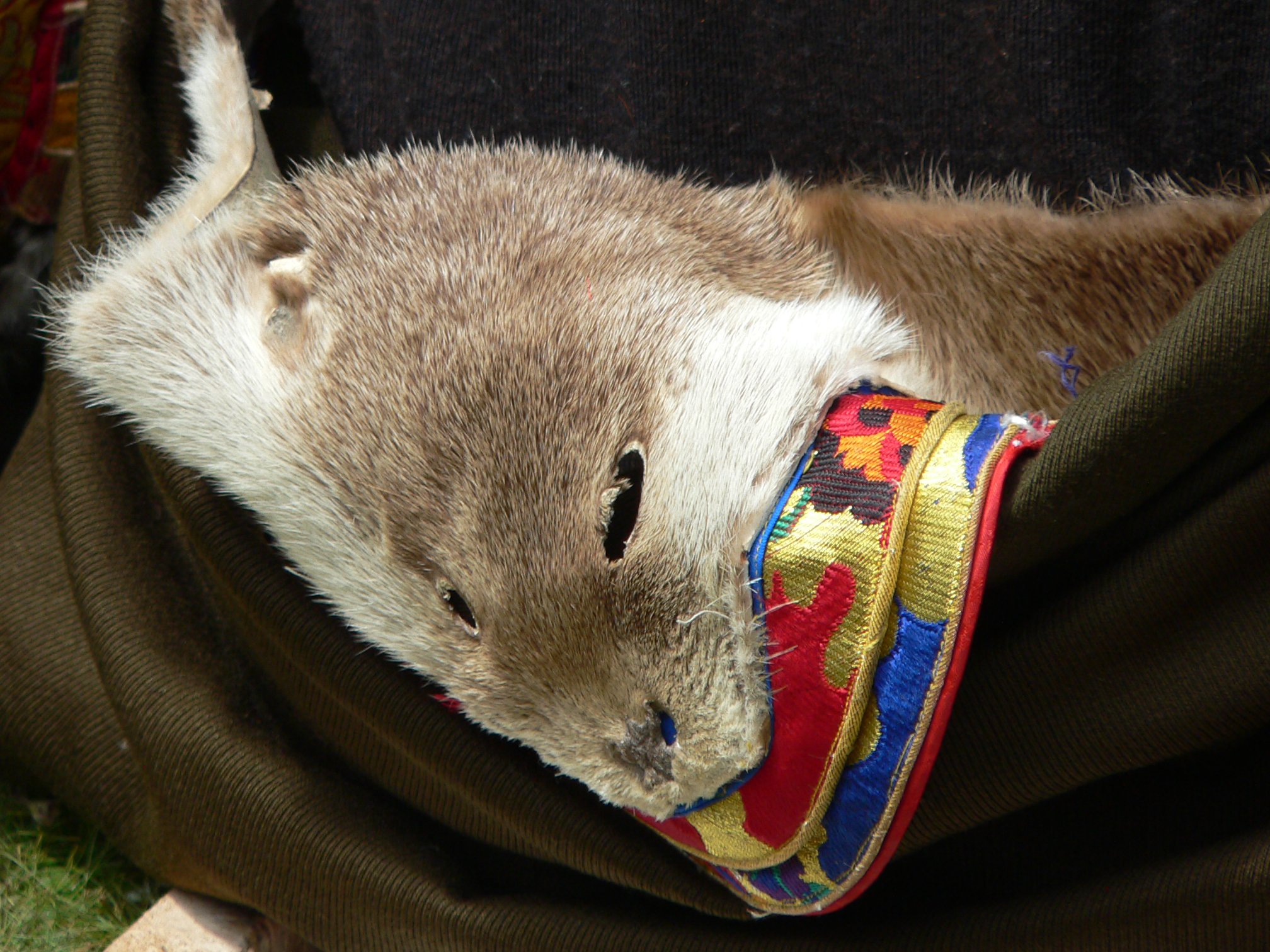
Trade
And
Threats
Otters, like many species across the world, face a number of threats to their long-term survival. These include trade, both legal and illegal, pollution, habitat loss, human-otter conflict, reduction in prey availability, litter, roads and snares and many more.
©Scorpion Foundation
Illegal Wildlife Trade
Otters are trafficked for three main reasons, as pets, for their furs and for use in traditional medicine.
Pet Otters
Otters being cute is what endears many of us to them, and we focus our passion on conserving wild populations. Unfortunately, many people see otters as the perfect pet. Mothers are killed protecting their young and cubs are forced in to a life of cruelty and neglect. Young otters are particularly difficult to rear, and should the fail, they will simply be replaced.
The trade is being driven by a number of factors including social media, circuses and otter Cafés.
-
Social media is majorly driving the demand for pet otters. Otters are constantly being portrayed as the perfect pet, in terms of their playful nature and cute appearance. A simple search in to any of the main social media platforms and you quickly find pet otters - almost more easily that you can find wild ones!
Furthermore, many social media sites have a policy not to sell any animls. “Listings may not promote the buying or selling of animals or animal products”. This includes pets and domestic animals.
However, otters, and other animals are readily available for purchase for nominal fees.
Social media needs to do more to enforce its own policies and stop glorifying otters as pets. Despite multiple attempts to contact them, no social media site is yet to respond to IOSF.
-
Otter Cafés, particularly in Japan, are becoming a bigger issue and driving the trade more. People have the opportunity to sit and play with otters and think that they ‘need’ to get one. Otters appear to be happy, and well looked after but often, out of public site, they are largely neglected and left in cruel conditions. This leaves otters highly stressed and this is apparent in videos that can be seen.
-
Much like the Otter cafes. Otters ‘perform’ tricks and are, again, seen as the perfect pet! Playful, cute and charming. Again - driving demand!
Wild. Means. Wild.
Say NO to Pet Otters
Fur Trade
Much is known of how the fur trade is affecting species such as leopards and tigers. It is believed that for every 1 tiger skin found, 10 Otter skins are seized!
Pictured is a seizure in Tibet of 778 otter skins. This really highlights the issues otters face.
©Conservation International
Traditional Beliefs
In some cultures, and areas, certain parts of otters are believed to have certain healing and strengthening powers.
For example, an otter tooth is believed to harness a power to make fishermen more successful in catching fish.
Otters are then killed to utilise these body parts and therefore impacts on wild populations.
©Daniel Bergin and Vincent Nijman
Concerned about a case of illegal otter trade, cruelty or poor animal welfare?
Report any concerns to IOSF and our partners, WildLeaks.
Please note: Your name, email and any other contact details will never be disclosed to any third party without your prior consent.
Legal Trade
In North America (Canada and the USA) North American River Otters are hunted legally for their pelts.
Thousands of otters each year are trapped and traded across the world.
You can read about the impacts of this in IOSF Journal Volume 7
©Belinda Wright WPSI/EIA
Pollution
Otters are at the top of the food chain and any high levels of pollution can lead to drastic effects on their long-term survival. This can be through entanglement (as pictured), or through consumption such as toxins in fish, water pollution and other similar factors. The presence of a healthy otter population will indicate a relatively healthy environment and abundance of prey - for all to thrive within.
©Abel Yeo
Prey availability
Otters, like all animals, need healthy prey populations ‘beneath’ them in the food chain. Each species globally rely on different prey, and the presence of otters within an ecosystem suggests that the food availability is there. A substantial loss to prey for otters will mean that they either need to increase their range, increasing chances of fighting for territories or road casualties, for example, or that the populations are no longer viable.
©Emma Luck
Habitat Loss
Otters need both terrestrial and wetland habitats to survive, so face higher pressures on habitat loss globally. This can be areas they need for hunting, resting or even in-direct consequences such a loss of fish spawning grounds, and therefore prey for the otters.
Otters are also elusive by nature, and with increased human presence on waterways, it can lead to them having to leave their historic territories.
Anthropogenic pressures
It is well documented the impact that we, as a whole, are having on the natural world. Many of the above are also consequences of our actions.
But, here are some examples of what impact we have on otters, perhaps raising awareness of things that we can do to prevent this.
©Gill Williams
-
Conflict between communities, for example fishing communities, and otters can affect otters. Many of these communities are reliant on their fishing as an income, and subsistence, and any damage to nets can be expensive.
It is important to work alongside local communities to find resolutions to these conflicts, such as ways to keep otters out and protecting equipment. By finding ways for humans to understand the importance of otters, as well as, reducing conflict, it helps the otter populations too.You can read more about our education work, including William Mgomo’s work here
-
Snares
Over the years, IOSF has seen instances of otters, among other wildlife, being caught in snares which has resulted in seriously debilitating injuries and fatalities. Snares can cause major injuries to otters feet, and if they have been on them for too long they can cause serious, and fatal, cardiac issues.
Traps
Otter can also be caught in traps that are designed for other species, such as cray fish. On many occasions, these traps have to have guards to prevent trapping of species such as otters, and failure to do so is illegal. Otters can become trapped and subsequently drown as a result of this.
PLEASE, report all suspected incidents of illegal snaring or trapping to IOSF and your local Police Wildlife Liaison Officer
-
With increased traffic, road collisions are an growing problem for otters across the world. For example, in the west of Scotland, many of the roads follow the coastline and therefore the otters have little choice but to cross them to reach inland. This is particularly an issue in winter periods when there is a lot less daylight and busy road periods are during the dark hours of the day.
There are mitigation methods in which we can do to prevent otters being hit, or at least reduce the chances. Aspects such as wildlife reflectors, culverts and wildlife bridges, although on many occasions, otters may ignore the latter two.

Make a difference
©Max Baumgarten








